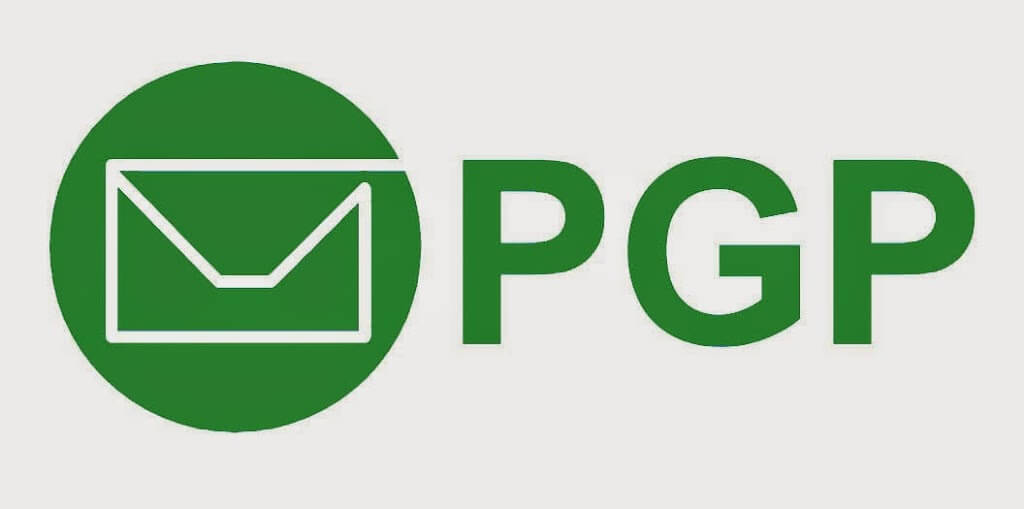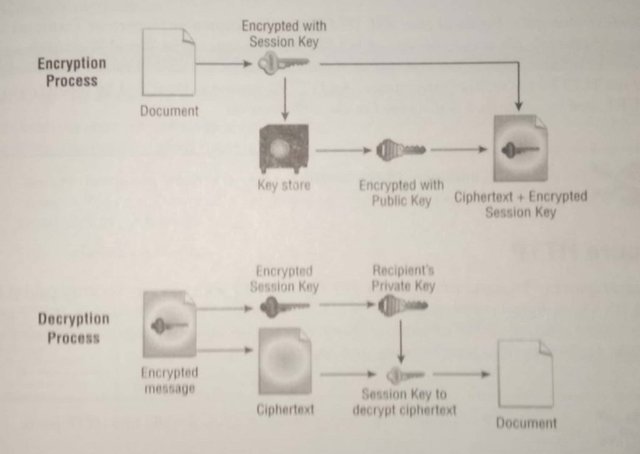Pretty Good Privacy (PGP)

Pretty Good Privacy (PGP) is a freeware email encryption system. PGP was introduced in the early 1990s, and it’s considered to be a very good system. It’s widely used for email security.
PGP uses both symmetrical and asymmetrical systems as a part of its process; it is this serial combination of processes that makes it so competent.
Below provides an overview of how the various components of a PGP process work together to provide security.
During the encryption process, the document is encrypted with the public key and also a session key, which is a one-use random number, to create the ciphertext. The session key is encrypted into the public key and sent with the ciphertext.
On the receiving end, the private key is used to ascertain the session key. The session key and the private key are then used to decrypt the ciphertext back into the original document.
An alternative to PGP that is freeware is PGP (GNU Privacy Guard). it is the part of the GNU project by the Free Software Foundation and is interoperable with PGP.
Like its alternative, PGP, it is considered a hybrid program since it uses a combination of symmetric and public-key cryptography.
This free replacement for PGP can be downloaded, from www.gnup.org.
BELOW: The PGP encryption system.

This post has received a 2.24 % upvote from @speedvoter thanks to: @viralvideospoint.
This post has received a 0.38 % upvote from @booster thanks to: @viralvideospoint.
Congratulations @viralvideospoint! You have received a personal award!
Click on the badge to view your Board of Honor.
Do not miss the last post from @steemitboard!
Participate in the SteemitBoard World Cup Contest!
Collect World Cup badges and win free SBD
Support the Gold Sponsors of the contest: @good-karma and @lukestokes
Congratulations @viralvideospoint! You received a personal award!
You can view your badges on your Steem Board and compare to others on the Steem Ranking
Vote for @Steemitboard as a witness to get one more award and increased upvotes!